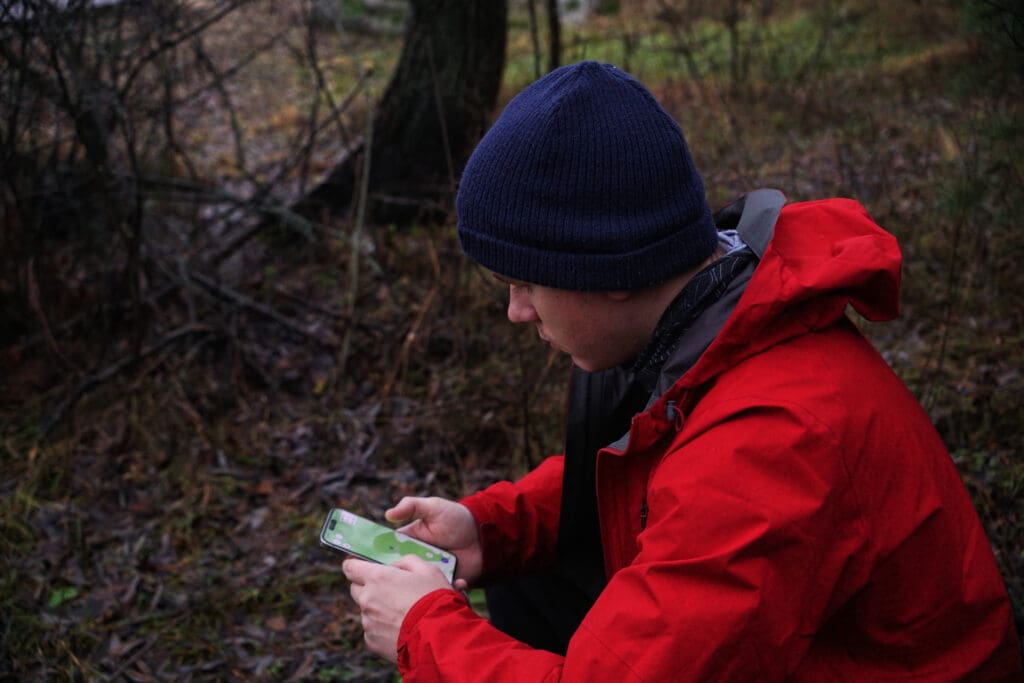What is the Bluetooth API?
The Bluetooth API is a set of protocols and tools that software developers can use to interface with Bluetooth hardware. It allows applications to discover, connect, and exchange data with other Bluetooth-enabled devices, such as smartphones, laptops, IoT devices, and wearables. The API abstracts the complexity of Bluetooth hardware communication, providing a simplified framework upon which developers may build.
Core Features of the Bluetooth API
Bluetooth APIs typically offer a range of features that include…
Device Discovery
Scanning for nearby Bluetooth devices and obtaining information about them.
Pairing and Bonding
Establishing secure connections between devices, involving authentication and encryption.
Data Transfer
Sending and receiving data packets over established Bluetooth connections.
Profiles and Protocols
Supporting various Bluetooth profiles, like the Advanced Audio Distribution Profile (A2DP) for audio streaming, or the Generic Attribute Profile (GATT) for communicating with low-energy devices.
Understanding Bluetooth Versions and Their APIs
Over the years, Bluetooth technology has evolved, with each version bringing improvements in speed, security, and energy efficiency. The API provided for each version reflects these enhancements…
Bluetooth Classic (BR/EDR)
This is suited for continuous, high-data-rate communication, like streaming audio. The API for Bluetooth Classic is well-established, focusing on profiles such as Serial Port Profile (SPP) or Hands-Free Profile (HFP).
Bluetooth Low Energy (BLE)
BLE is designed for periodic data transmission, consuming less power. Its API is centered around the GATT protocol, allowing for efficient interactions with IoT devices.
How Does the Bluetooth API Work?
The Bluetooth API generally follows a standard operational flow…
Initialization
The API initializes the Bluetooth module on the device, preparing it to perform various Bluetooth operations.
Discovery
It scans for other Bluetooth devices in the vicinity, often providing methods to filter and identify specific types of devices.
Connection
Once a device is selected, the API handles the process of pairing and establishing a connection.
Communication
After connection, the API provides methods for data transfer, either through sockets or Bluetooth profiles, depending on the nature of the connection.
Disconnection
Finally, when communication is complete, the API will manage the disconnection process to free up resources.
Challenges and Considerations
When working with the Bluetooth API, developers must consider several factors…
Compatibility
Ensuring the application is compatible with various Bluetooth versions and profiles.
Security
Implementing proper security measures to prevent unauthorized access and data breaches.
User Experience
Managing device discovery and connection in a user-friendly way.
Power Management
Optimizing for battery life, particularly when dealing with Bluetooth Low Energy devices.
Real-World Applications
The Bluetooth API has facilitated the creation of a myriad of innovative applications, such as…
Wearable Health Devices
Fitness trackers and medical devices that monitor vital signs and communicate data to smartphones.
Smart Home
Appliances and home systems that can be controlled remotely via Bluetooth.
Location Services
Beacons that provide location-based information and tracking.
Gaming
Controllers that connect to consoles or mobile devices for an interactive gaming experience.
<html lang="en">
<head>
<meta charset="utf-8">
<meta name="viewport" content="width=device-width">
<title>Bluetooth API Example</title>
<script type="wphb-delay-type" crossorigin data-wphb-type="module" src="bluetooth.js"></script>
</head>
<body>
<h1>Bluetooth API Example</h1>
<button type="button" id="connectButton">Connect to Bluetooth Device</button>
<!--
Google Chrome: Navigate to chrome://flags/#enable-experimental-web-platform-features in the address bar and enable the "Experimental Web Platform features" flag.
Then, restart Chrome.
-->
<script type="text/javascript" id="wphb-delayed-styles-js">
(function () {
const events = ["keydown", "mousemove", "wheel", "touchmove", "touchstart", "touchend"];
function wphb_load_delayed_stylesheets() {
document.querySelectorAll("link[data-wphbdelayedstyle]").forEach(function (element) {
element.setAttribute("href", element.getAttribute("data-wphbdelayedstyle"));
}),
events.forEach(function (event) {
window.removeEventListener(event, wphb_load_delayed_stylesheets, { passive: true });
});
}
events.forEach(function (event) {
window.addEventListener(event, wphb_load_delayed_stylesheets, { passive: true });
});
})();
</script></body>
</html>
document.querySelector('#connectButton').addEventListener('click', function () {
if ('bluetooth' in navigator) {
console.log('Bluetooth API is supported');
navigator.bluetooth
.requestDevice({ acceptAllDevices: true })
.then((device) => {
console.log('Device found: ' + device.name);
// Connect to the device
return device.gatt.connect();
})
.then((server) => {
console.log('Connected to: ' + server.device.name);
// You can interact with the Bluetooth device here
})
.catch((error) => {
console.log('Bluetooth error: ' + error);
});
} else {
console.log('Bluetooth API is not supported');
}
});
The Bluetooth API is a gateway to the vast potential of wireless device communication. It simplifies the process of Bluetooth integration, allowing developers to focus on creating seamless user experiences and innovative features. As Bluetooth technology continues to advance, we can expect the API to evolve, bringing even more possibilities for connecting the world around us.




